Alien Landscapes
Alien Landscapes: No space shuttle required
Text and photos by Heather Cline
Have you ever visited some place that made you feel like you were on another planet? It is amazing how many places exist in the United States alone that have an other worldly appearance. Myself, along with many other photographers are drawn to these locations every day and thought I would share some that I have visited and photographed.
Here are my top 15 alien landscape locations.
1. Bisti Badlands Wilderness Area
The Bisti/De-Na-Zin Wilderness is a rolling landscape of badlands which offers some of the most unusual scenery found in the Four Corners Region. Time and natural elements have etched a fantasy world of strange rock formations made of interbedded sandstone, shale, mudstone, coal, and silt. The weathering of the sandstone forms hoodoos - weathered rock in the form of pinnacles, spires, cap rocks, and other unusual forms. Fossils occur in this sedimentary landform. Translated from the Navajo language, Bisti (Bis-tie) means "a large area of shale hills." De-Na-Zin (Deh-nah-zin) takes its name from the Navajo words for "cranes.
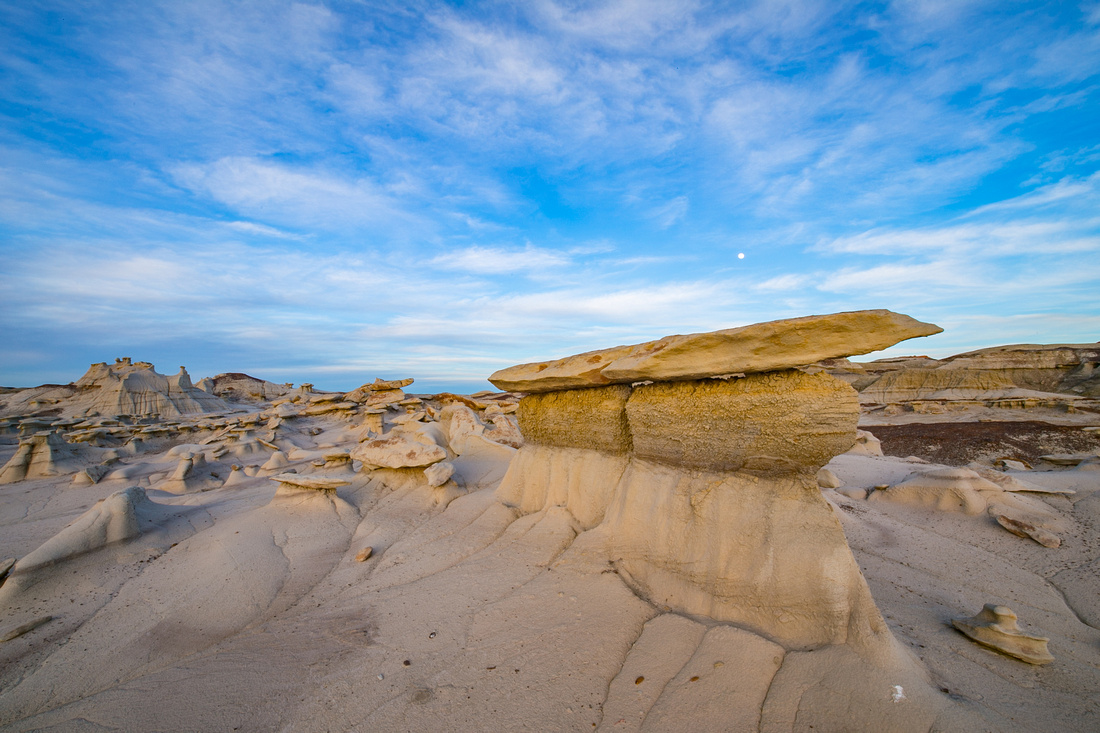 
|
2. Bowling Ball Beach
Bowling Ball Beach is a part of Schooner Gulch State Beach, in Mendocino County, California, in the United States. It is named for the spherical sandstone concretions found there at low tide.
 
|
3. Bryce Canyon National Park
Hoodoos (irregular columns of rock) exist on every continent, but Bryce Canyon has the largest concentration found anywhere on Earth. Situated along a high plateau at the top of the Grand Staircase, the park's high elevations include numerous life communities, fantastic dark skies, and geological wonders that defy description.
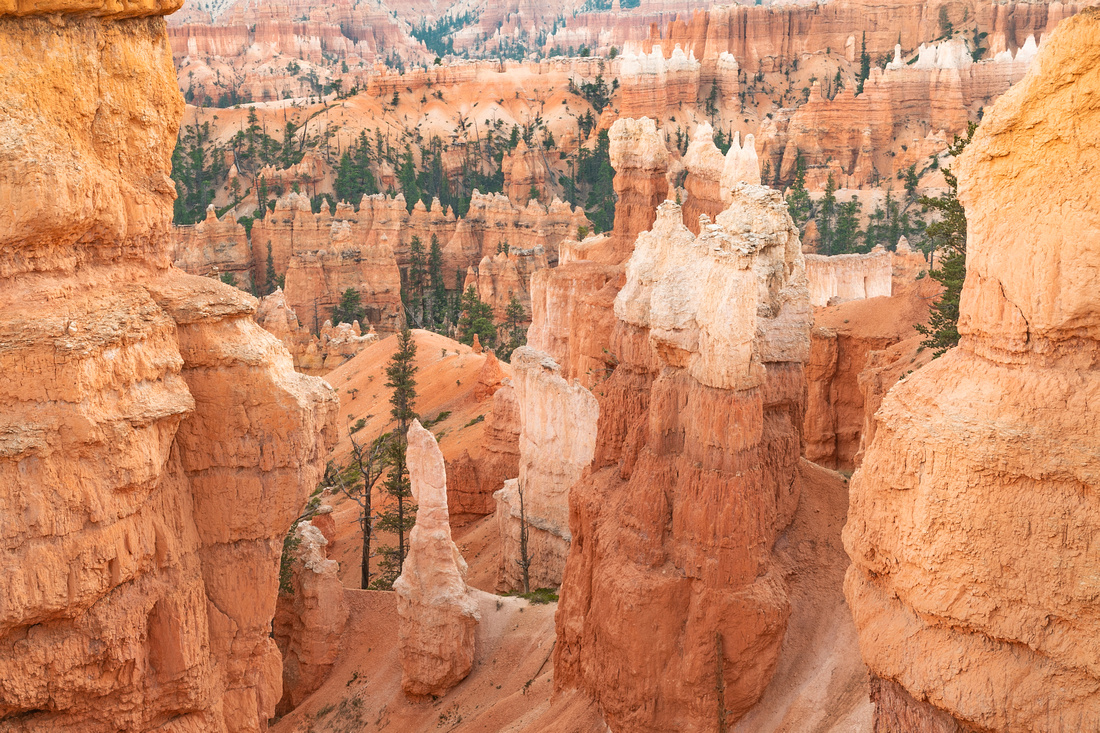 
|
4. Carlsbad Caverns National Park
High ancient sea ledges, deep rocky canyons, flowering cactus, and desert wildlife—treasures above the ground in the Chihuahuan Desert. Hidden beneath the surface are more than 119 caves—formed when sulfuric acid dissolved limestone leaving behind caverns of all sizes.
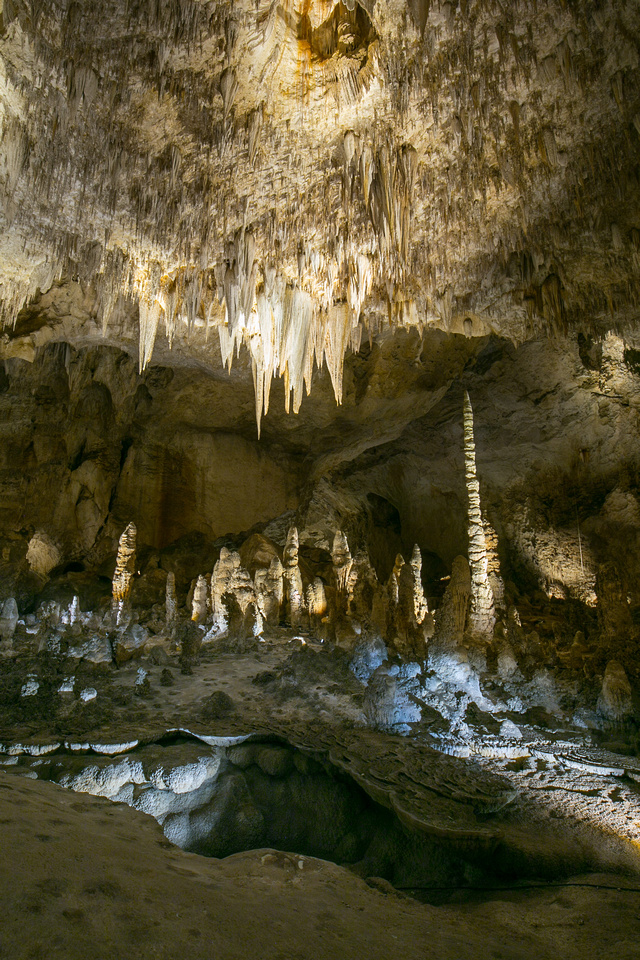 
|
5. Cathedral Gorge State Park
Cathedral Gorge State Park is located in a long, narrow valley in southeastern Nevada, where erosion has carved dramatic and unique patterns in the soft bentonite clay. The park’s beauty began with explosive volcanic activity that, with each eruption, deposited layers of ash hundreds of feet thick.
 
|
6. Craters of the Moon National Monument
Craters of the Moon is a vast ocean of lava flows with scattered islands of cinder cones and sagebrush. We invite you to explore this "weird and scenic landscape" where yesterday's volcanic events are likely to continue tomorrow.
 
|
7. Goblin Valley State Park
Journey to this strange and colorful valley, which is unlike any other in Utah. The landscape, covered with sandstone goblins and formations, is often compared to Mars. Explore the geology, and camp among the nooks and gnomes.
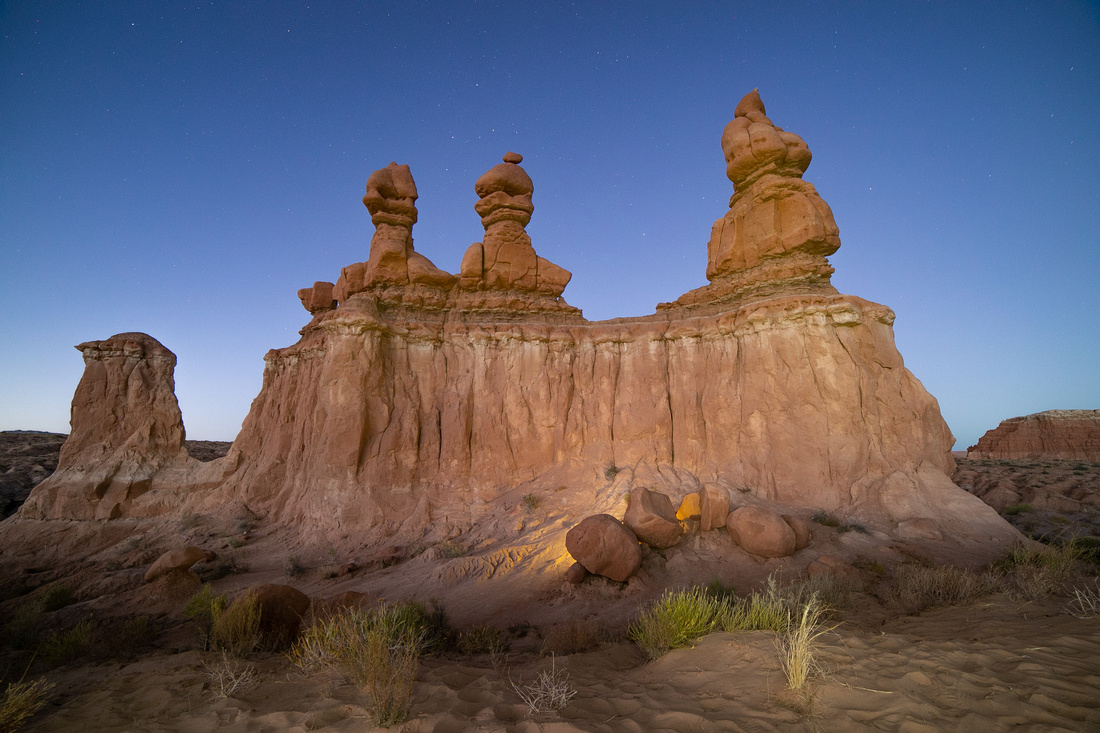 
|
8. John Day Fossil Beds National Monument
Colorful rock formations at John Day Fossil Beds preserve a world class record of plant and animal evolution, changing climate, and past ecosystems that span over 40 million years. Exhibits and a working lab at the Thomas Condon Paleontology and Visitor Center as well as scenic drives and hikes at all three units allow visitors to explore the prehistoric past of Oregon and see science in action.
 
|
9. Mono Lake State Natural Reserve
Mono Lake Tufa State Natural Reserve is one of the rare places in the world that contain such a unique group of geologic features. The tufa formations are notable for their unusual shapes and abundance. Extensively studied by scientists, they have aided our understanding of the climate history of this region. The extremely high salinity and alkalinity of Mono Lake has created a rare ecosystem, supporting a complex food chain of green algae, brine shrimp and alkali flies, and more than 80 species of migratory birds.
 
|
10. Petrified Forest National Park
Petrified Forest National Park is an American national park in Navajo and Apache counties in northeastern Arizona. Named for its large deposits of petrified wood, the park covers about 346 square miles (900 square kilometers), encompassing semi-desert shrub steppe as well as highly eroded and colorful badlands.
 
|
11. Toadstool Hoo Doos
Located in Grand Staircase-Escalante National Monument, The Toadstools offers a great place to explore. The balanced rock formations here look like mushrooms and offer awe-inspiring views that enchant. The toadstools are easy to access along an easy to moderate 1.5-mile round-trip hike.
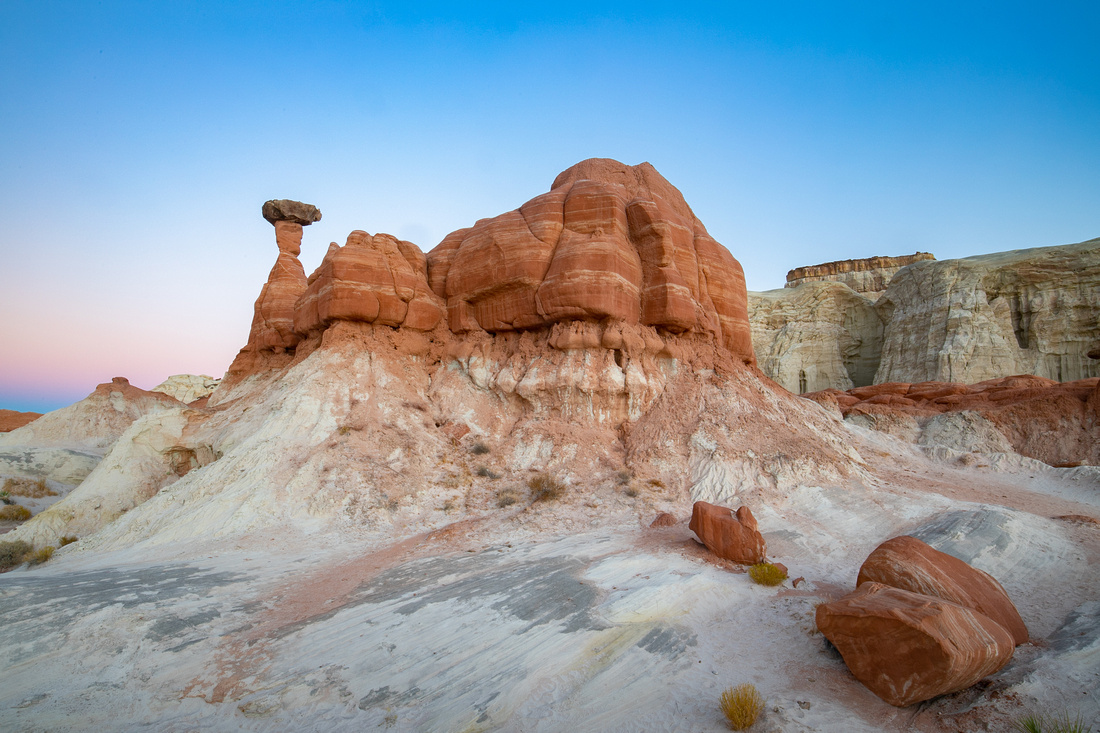 
|
12. Trona Pinnacles
The Trona Pinnacles are a unique geological features in the California Desert Conservation Area. The unusual landscape consists of more than 500 tufa spires, some as high as 140 feet, rising from the bed of the Searles Dry Lake basin. The pinnacles vary in size and shape from short and squat to tall and thin, and are composed primarily of calcium carbonate (tufa).
 
|
13. White Pocket
These windswept layers of orange, yellow, and white formations were created over time by mineral deposits and shaped by the elements.
 
|
14. White Sands National Park
Rising from the heart of the Tularosa Basin is one of the world's great natural wonders - the glistening white sands of New Mexico. Great wave-like dunes of gypsum sand have engulfed 275 square miles of desert, creating the world's largest gypsum dunefield. White Sands National Park preserves a major portion of this unique dunefield, along with the plants and animals that live here.
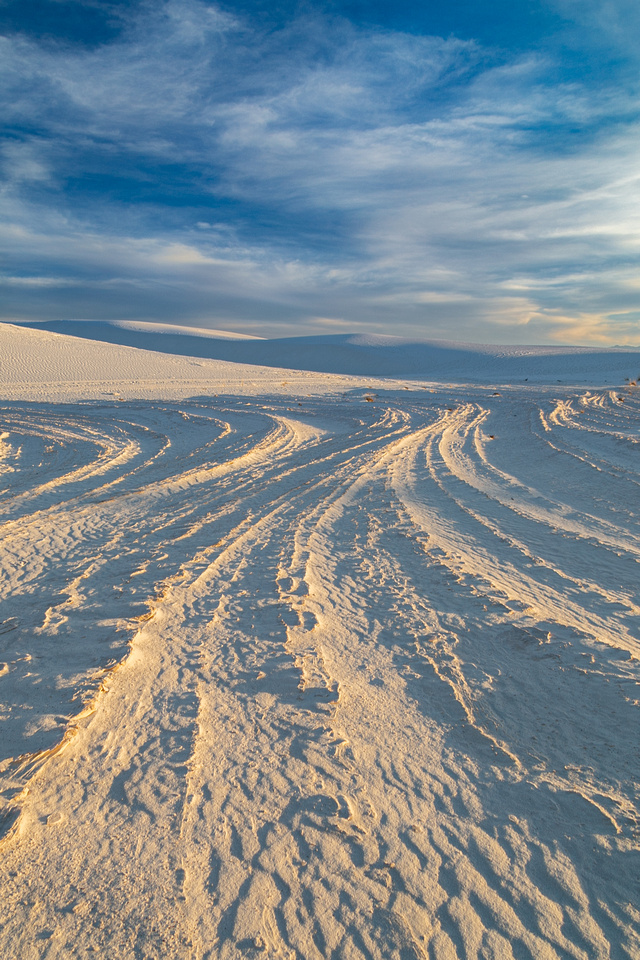 
|
15. Zabriskie Point, Death Valley National Park
The spectacular views from Zabriskie Point are some of the most photographed in Death Valley National Park. Zabriskie Point affords an elevated vista from which to marvel at the badlands below. These yellow and brown stripped hills have been shaped by the powerful force of water, and even during dry times, the path carved by this water is unmistakable.
 
|
I hope you enjoyed these alien landscapes. Now I'm off to find more landscapes straight out of another planet!